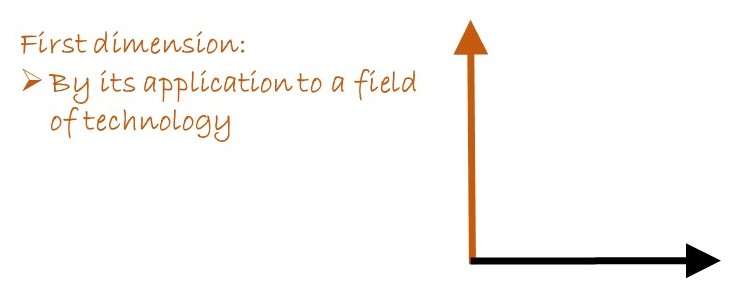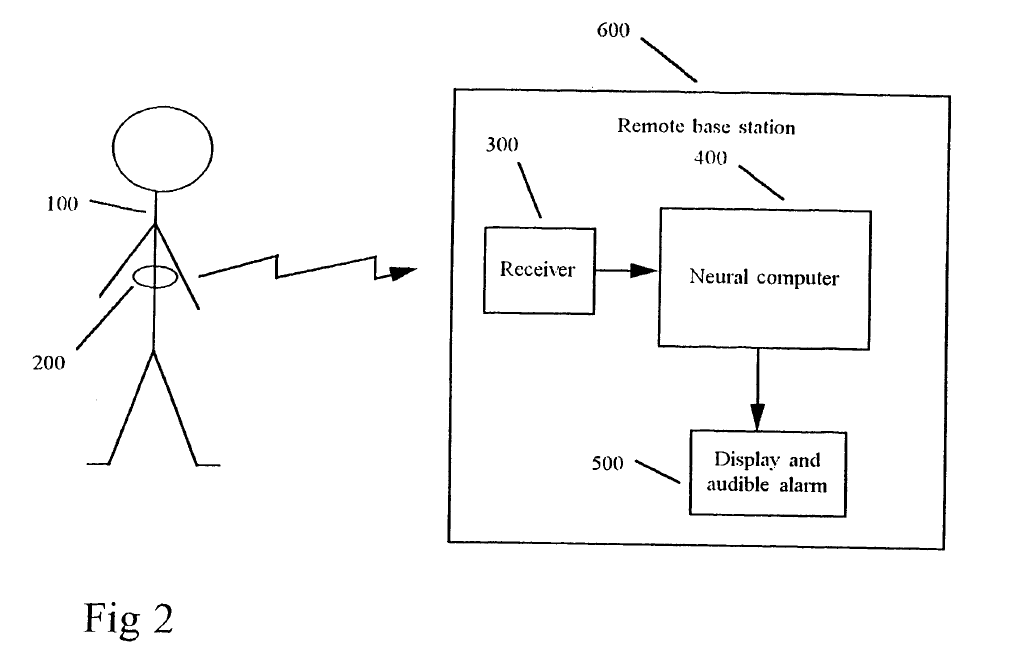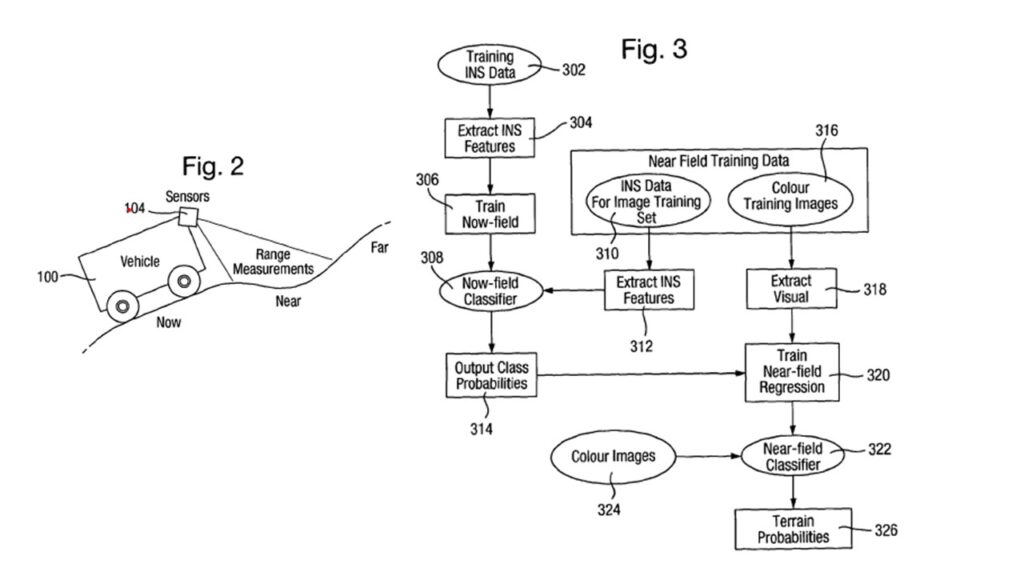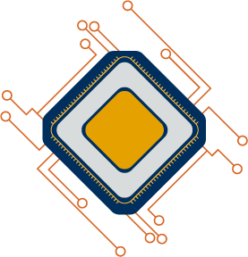Non-technical features of an AI invention can contribute to the technical character by its application to a field of technology which is shown in the following.
First dimension
With respect to the first dimension (of the two dimension acc. to chapter (1)), a mathematical method – having non-technical features – may contribute to the technical character of an invention, i.e. contribute to producing a technical effect that serves a technical purpose, by its application to a field of technology. If this precondition is fulfilled, the mathematical method is considered regarding the inventive step with respect to the COMVIK approach.

Technical applications
When assessing the contribution made by a mathematical method to the technical character of an invention, it must be taken into account whether the method, in the context of the invention, produces a technical effect serving a technical purpose.
Examples of technical contributions of a mathematical method are:
- controlling a specific technical system or process, e.g. an X-ray apparatus or a steel cooling process;
- determining from measurements a required number of passes of a compaction machine to achieve a desired material density;
- digital audio, image or video enhancement or analysis, e.g. denoising, detecting persons in a digital image, estimating the quality of a transmitted digital audio signal;
- separation of sources in speech signals; speech recognition, e.g. mapping a speech input to a text output;
- encoding data for reliable and/or efficient transmission or storage (and corresponding decoding), e.g. error-correction coding of data for transmission over a noisy channel, compression of audio, image, video or sensor data;
- encrypting/decrypting or signing electronic communications; generating keys in an RSA cryptographic system;
- optimising load distribution in a computer network;
- determining the energy expenditure of a subject by processing data obtained from physiological sensors; deriving the body temperature of a subject from data obtained from an ear temperature detector;
- providing a genotype estimate based on an analysis of DNA samples, as well as providing a confidence interval for this estimate so as to quantify its reliability;
- providing a medical diagnosis by an automated system processing physiological measurements.
Specific technical purpose
A generic purpose such as “controlling a technical system” is not sufficient to confer a technical character to the mathematical method. The technical purpose must be a specific one, please see also CII @ the EPO, chapter (9).
Furthermore, the mere fact that a mathematical method may serve a technical purpose is not sufficient, either. The claim is to be functionally limited to the technical purpose, either explicitly or implicitly. This can be achieved by establishing a sufficient link between the technical purpose and the mathematical method steps, for example, by specifying how the input and the output of the sequence of mathematical steps relate to the technical purpose so that the mathematical method is causally linked to a technical effect.
Defining the nature of the data input to a mathematical method does not necessarily imply that the mathematical method contributes to the technical character of the invention (T 2035/11, T 1029/06, T 1161/04).
If steps of a mathematical method are used to derive or predict the physical state of an existing real object from measurements of physical properties, as in the case of indirect measurements, those steps make a technical contribution regardless of what use is made of the results, please see also CII @ the EPO, chapter (10).
Example: Heart monitoring apparatus T 598/07

Use of Neural Networks in heart monitoring apparatus for identifying irregular heartbeats is an application to a field of technology. The machine learning features in this case are considered with respect to inventive step in the appeal decision T 598/07.
Example: Method for controlling a turbine using a NN
In the granted patent EP2801000 the invention relates to a method for controlling a turbine. Therein, the dynamic behavior of the turbine is modeled using a recurrent neural network comprising a recurrent hidden layer. Therefore, a method for controlling a turbine using a neural network is patentable.
Example: Method for assisting vehicle guidance over terrain

The patent EP2591443 is regarding a method for assisting vehicle guidance over terrain using machine learning.
